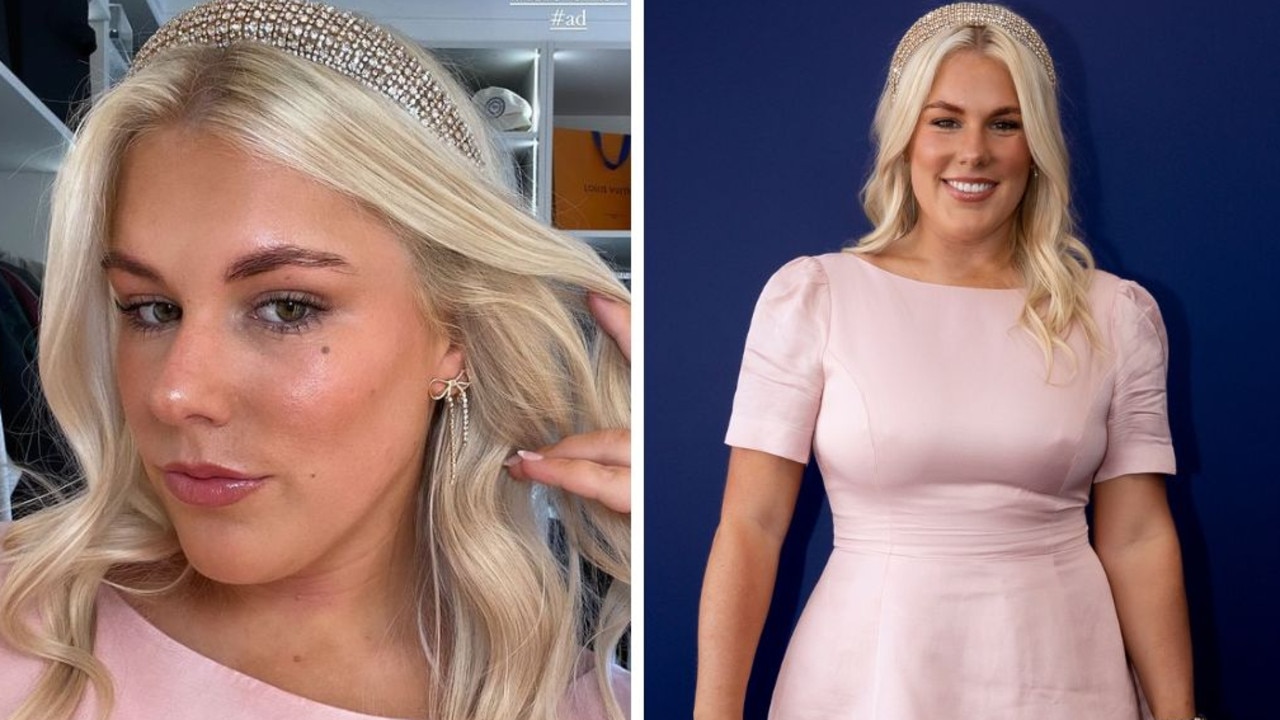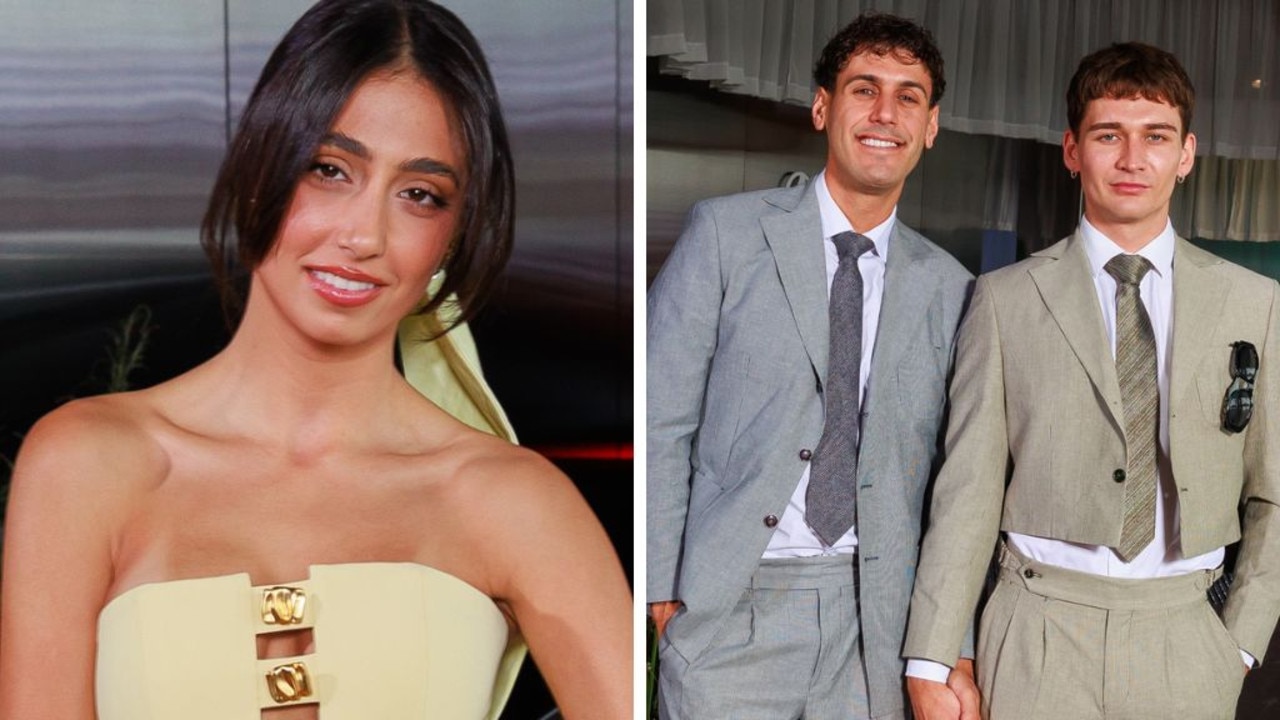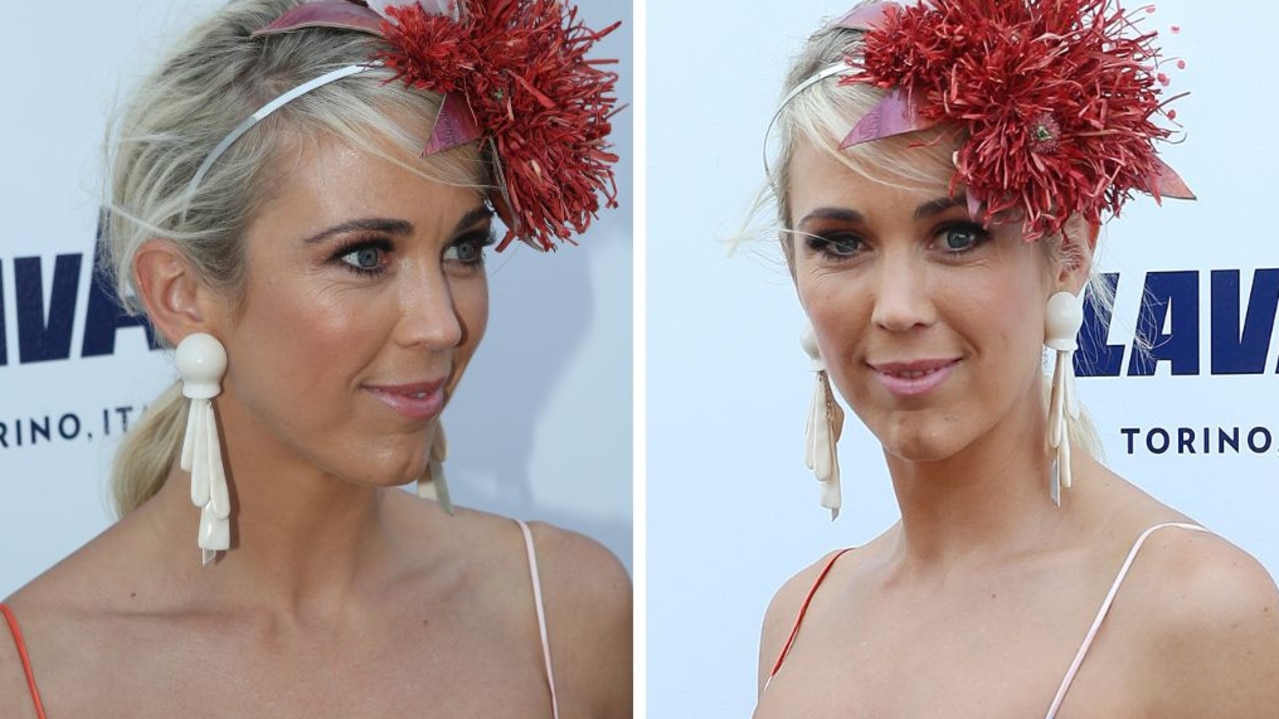A peek behind the brim: Why do we wear hats to the races?
There are a few things in life that are certain, and one of them is wearing a headpiece to the Spring Racing Carnival. But where did this head-turning tradition all begin?
There are three certainties in life: Death, taxes and wearing a hat to the Melbourne Cup.
It’s one of the many expectations while attending the race that stops a nation, and while some regulations have been changed over the years, wearing a headpiece remains an essential part of the day.

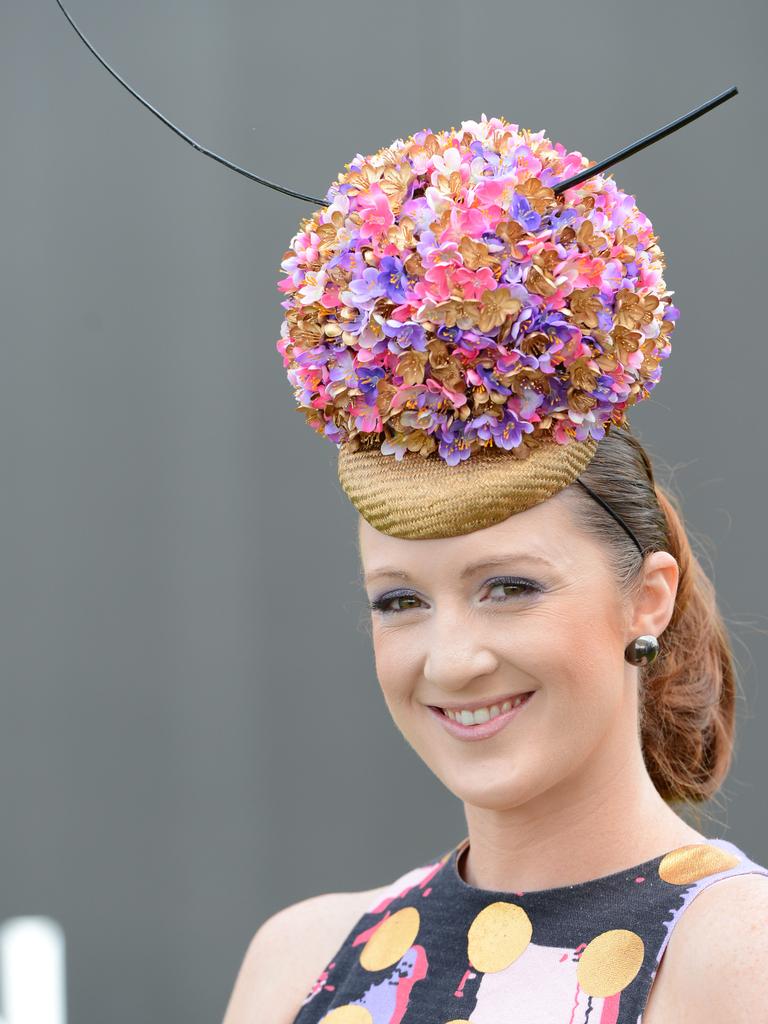
From intricately sculpted pieces of artwork delicately placed on beautifully coiffed hairstyles to a sleek headband holding back a cascade of voluminous curls, there are endless ways people have expressed their personal style.
It’s a tradition that goes back generations, but where did it all begin?
Like most things racing-related, the tradition of strict clothing guidelines begins at the Royal Ascot in Britain more than 300 years ago.
“This is one of the traditions we’ve embraced from Britain,” said Donny Galella, celebrity stylist and former milliner. “We’ve taken those traditions and brought them to Australia.”
At the time, hats were an essential way for people to flaunt their wealth and standing on the social ladder, as women attending the races were likely a part of the upper class, and were expected to show off their finest wares.
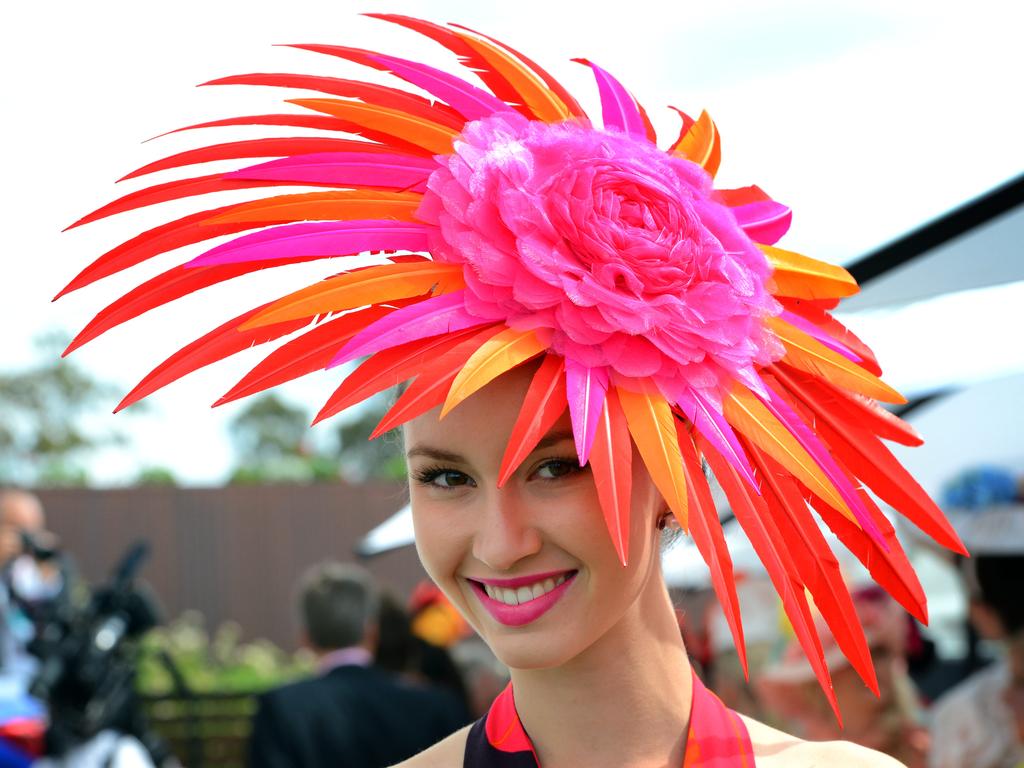
In true Australian fashion, however, attendees of the races took this tradition and put their own spin on it, adapting the sculptural headpieces to the latest trends of the time.
According to an 1893 edition of the Melbourne Leader, a fashion writer declared large hats one of the most stylish choices for the Caulfield Cup. At the time these were “worn far back on the head, and with few exceptions decked with flowers, principally roses”.
Almost three decades later, the hats en vogue had remarkably shrunk in size; the small and dainty cloche, with its round silhouette and short brim, became all the rage in the ‘20s and ‘30s, likely disappointing for a reporter in a 1907 edition of Punch magazine who argued the trend could “never be graceful, and is seldom becoming”. Ouch.
The next few decades saw a flurry of hats of all shapes and sizes, covered in feathers, flowers and in an array of colours; it was soon becoming one of the most important parts of the outfit. It was in 1965 when British model Jean Shrimpton broke tradition by forgoing her hat altogether while wearing a mini dress without gloves or stockings, sparking quite a scandal.
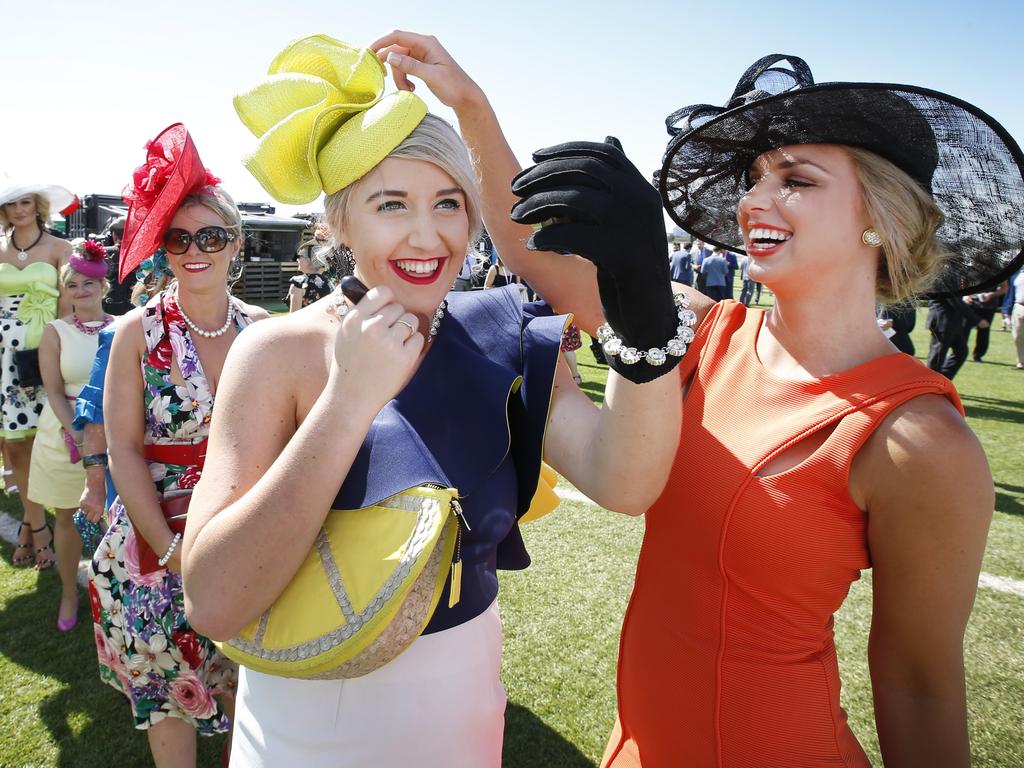
Then, in the ‘90s, another scandal emerged – the re-emergence of the fascinator.
The headpiece has been linked back to 18th century in France, and while they have come in and out of style over the years, they really became a staple of racing fashion in the ‘90s, thanks to the likes of world-master milliners Philip Treacy and Stephen Jones.
In a matter of years, hats were thrown to the wayside, collecting dust while their tiny cousins had a moment in the spotlight.
Over the years, hats have gone through several cycles; some years, the bigger the hat, the better, whereas others call for a tiny fascinator. There’s been another prominent option that attendees can’t get enough of, explained Galella.
“The common thing to do is the headband; everyone is doing the headband these days,” he said. “But to rock a big-brimmed ostrich feather hat or something that is so fabulous and out there is a great way to be an individual and stand out.”
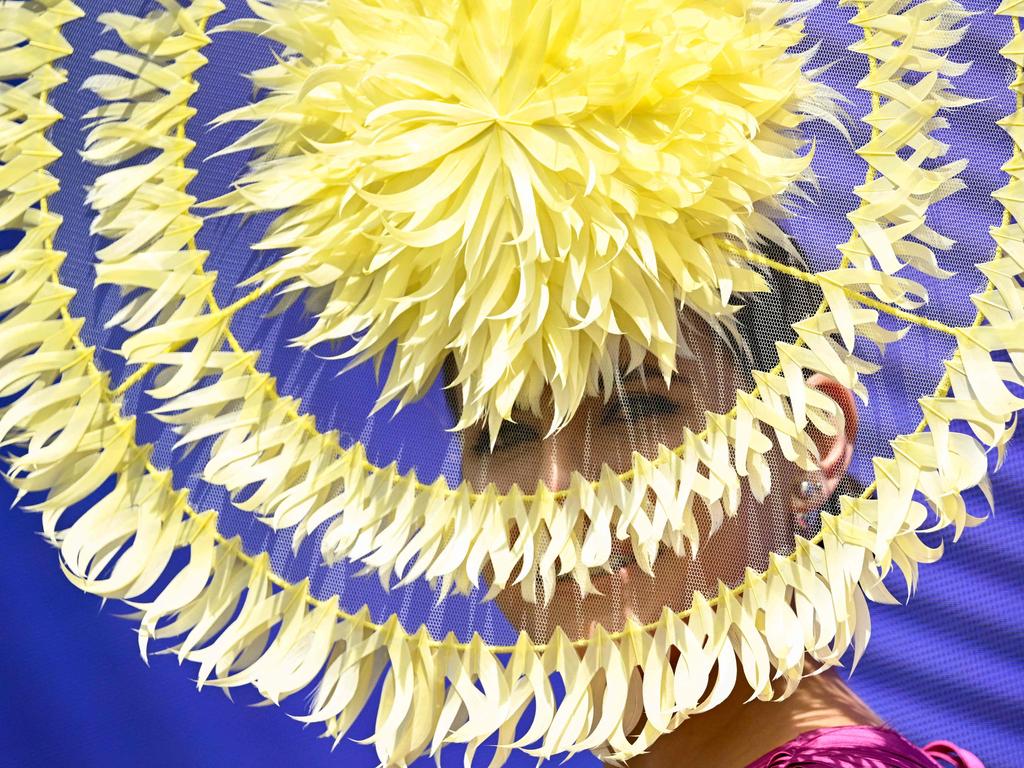
Much like the clothes attendees choose to wear, the headwear selected is much more than just an extra accessory, Galella said.
“It’s an art; it’s a sculpture,” he said. “It’s a really good way to express individual style”.
In short, wearing a hat to the races is steeped in tradition, although we’re never ones to shy away of bending the rules.
If wearing a hat at the Spring Carnival isn’t your thing, Galella recommends experimenting with other accessories such as a “velvet bow in the back of your hair” or a “gorgeous silk scarf” which you can “wrap up in a turban”.
“There are some really cool ways you can still wear something on your head,’ he said.

